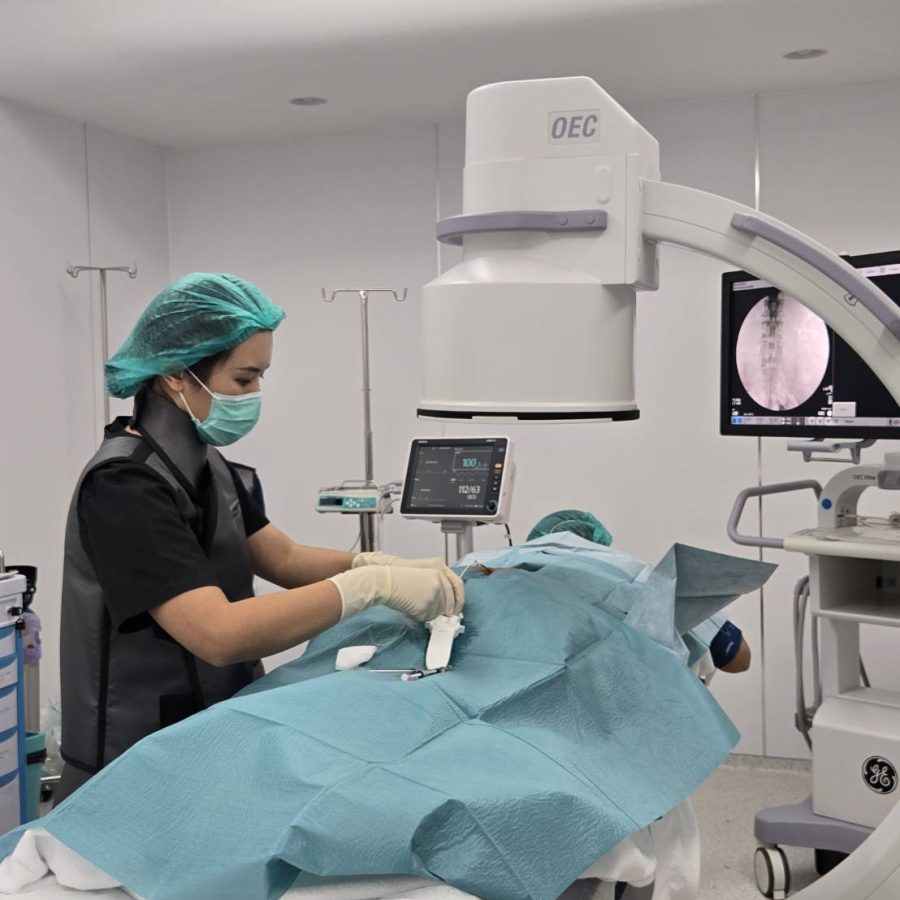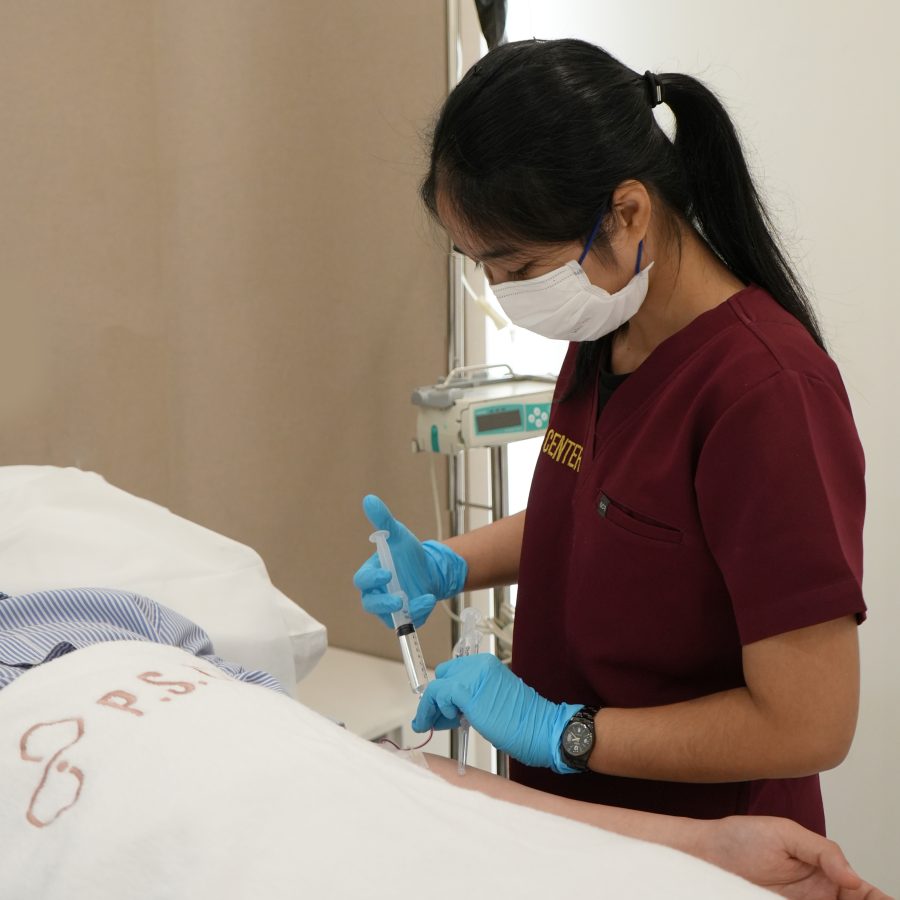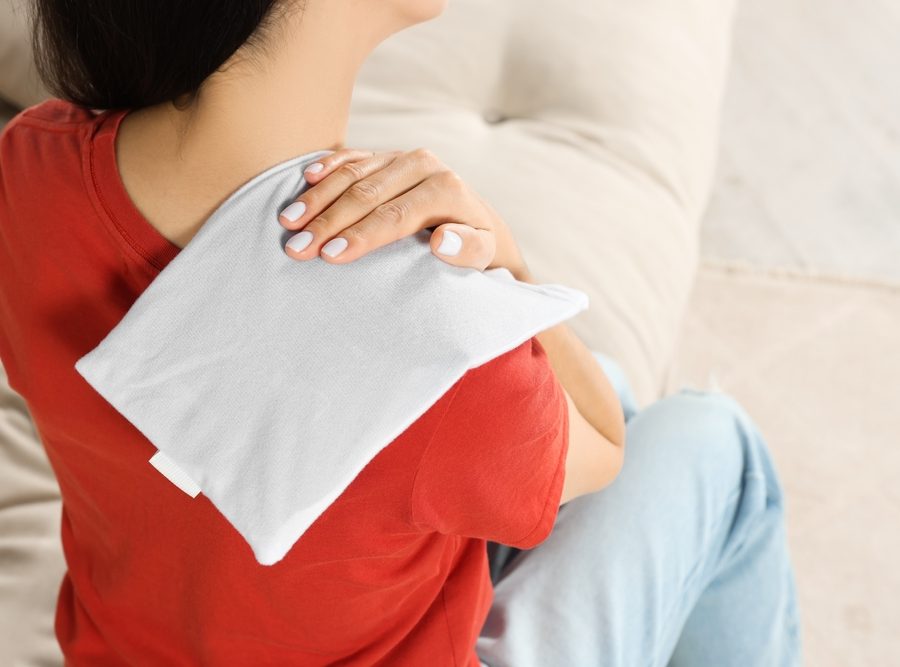Struggling with persistent lower back or hip pain that just won’t go away? If you’ve tried other treatments without lasting results, a sacroiliac (SI) joint injection may provide the relief you need. Here’s what you need to know.
What is Sacroiliac Joint Pain?
The sacroiliac joints are located at the base of the spine where the sacrum (the triangular bone at the bottom of the spine) meets the ilium (the large bone of the pelvis). Pain in this area is commonly caused by:
- Joint inflammation or degeneration
- Trauma or injury to the lower back or pelvis
- Pregnancy (due to changes in hormones and posture)
- Arthritis or wear and tear on the joints over time
This type of pain can be felt in the lower back, buttocks, and even down the legs.
Who Can Benefit from a Sacroiliac (SI) Joint Injection?
If you have chronic lower back, hip, or buttock pain that has not improved with physical therapy, rest, or medication, an SI joint injection may be an effective option. It is especially beneficial if:
- Your pain is localized in the lower back or pelvis.
- You have tenderness or pain over the SI joints.
- Other treatments like physical therapy haven’t provided sufficient relief.
What is the SI Joint Injection Procedure?
An SI joint injection is a minimally invasive procedure where a combination of local anesthetic and steroid medication is injected into the sacroiliac joint. The goal of the injection is to reduce inflammation and alleviate pain.
How Long Does the Procedure Take?
The procedure usually takes 15-20 minutes and is performed in an outpatient setting. You will remain awake during the procedure, though you may receive a local anesthetic to numb the injection site for added comfort.
What Happens During the Procedure?
- Positioning: You’ll be asked to lie on your stomach.
- Guided Injection: The doctor will use fluoroscopic (real-time X-ray) guidance or ultrasound to precisely locate the SI joint.
- Injection: A small needle will be inserted into the SI joint, and a combination of local anesthetic and steroid medication will be injected to reduce inflammation and provide pain relief.
What Results Can I Expect?
Many patients experience immediate relief from pain after the injection, while others may see gradual improvement within a few days. The steroids work by reducing inflammation, which helps relieve pain and improves mobility. Relief can last from several weeks to months, with some individuals experiencing longer-term benefits after repeated injections.
What Should I Do After the Procedure?
- Rest for the Day: Avoid strenuous activities and heavy lifting immediately after the injection.
- Return to Normal Activities: Most people can resume their regular activities the following day, although you should avoid high-impact activities for a short period.
- Mild Soreness: It’s common to experience mild soreness at the injection site, but this typically resolves within a few days.
Compiled by;Rarinthorn Choomsai Na Ayuthaya, M.D. Interventional Pain Specialist
Contact us to learn more or to schedule a consultation.
Tel: 02-125-3959, 098-195-0991







